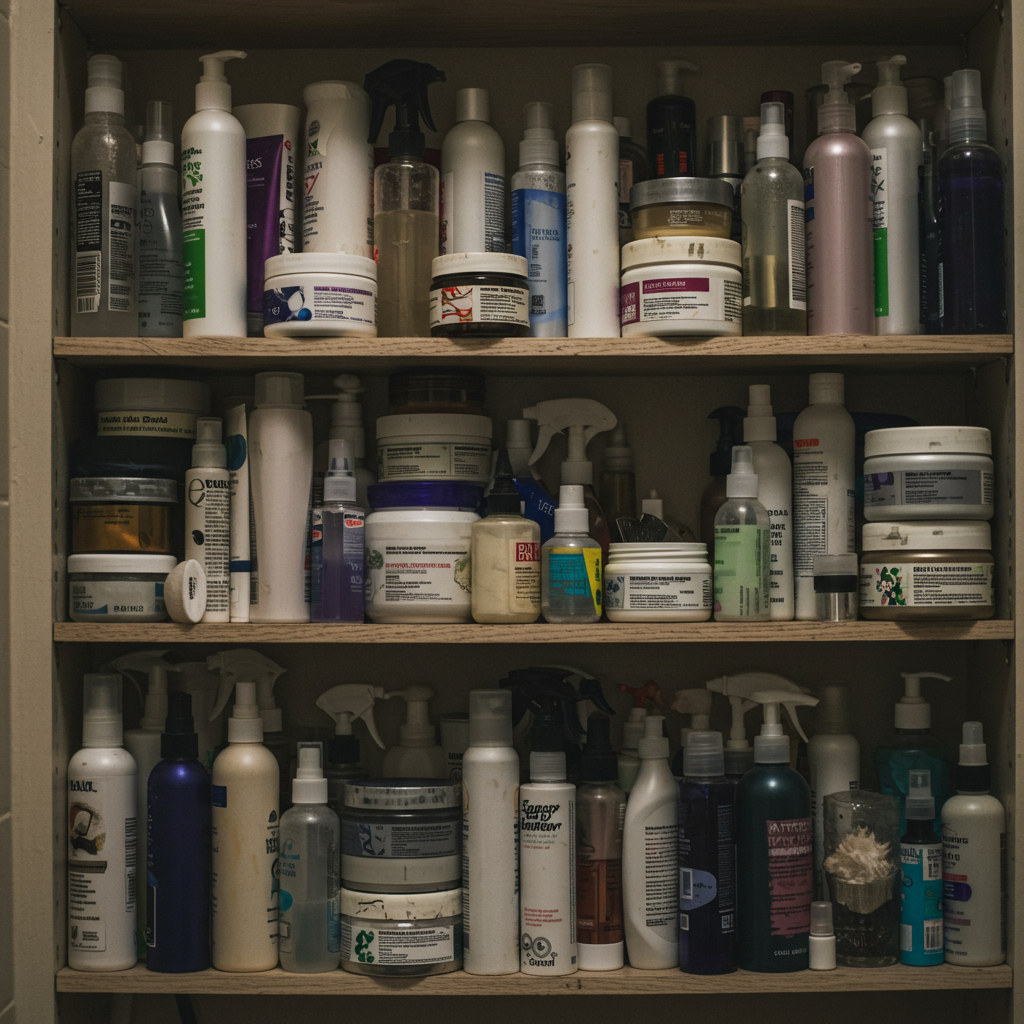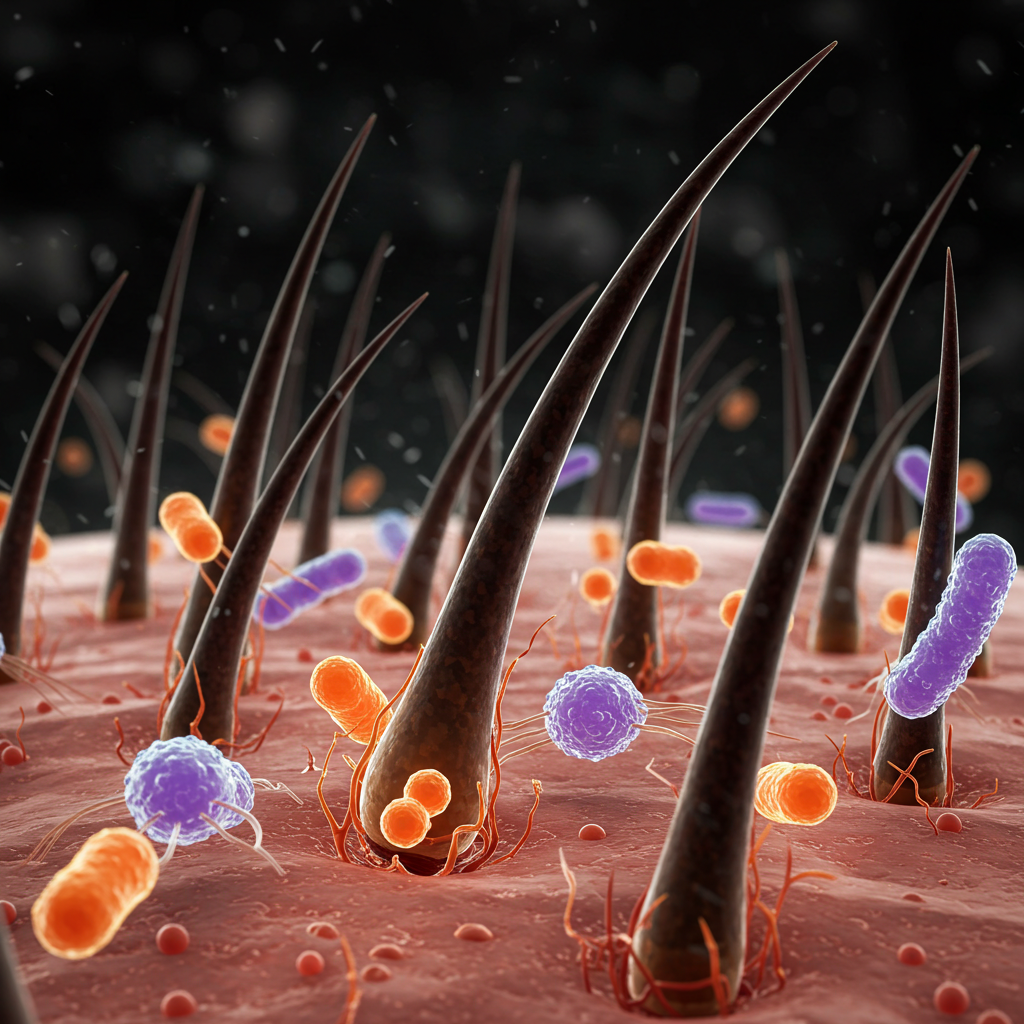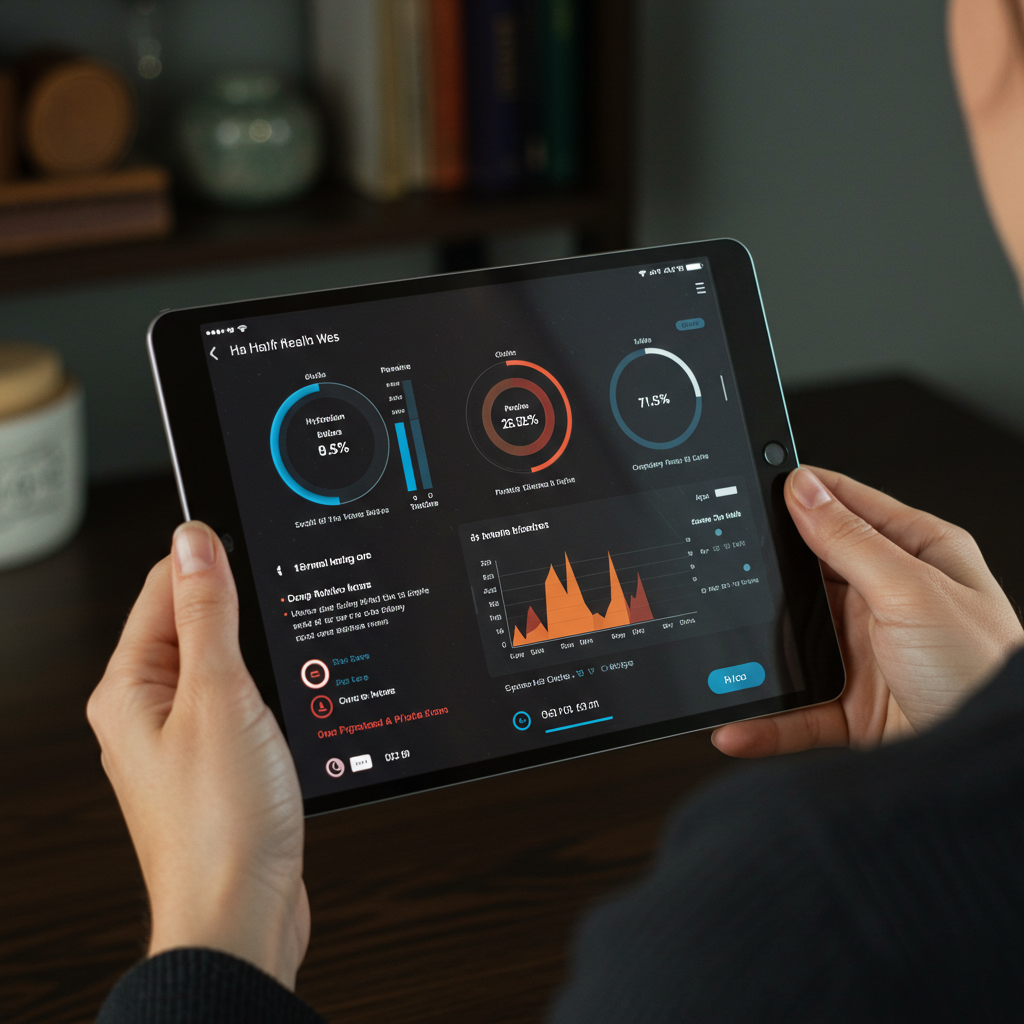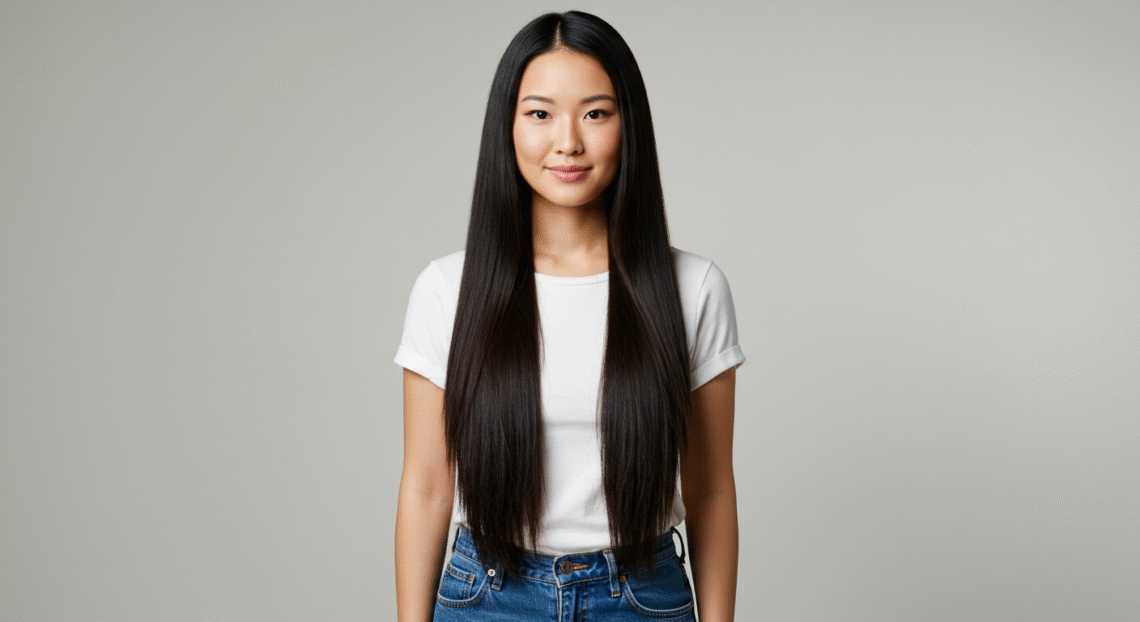You’ve seen them. You’ve probably even bookmarked them. The endless lists: “The Top 10 Shampoos for Frizz,” “The 5 Holy Grail Oils for Growth,” “The Only Heat Protectant You’ll Ever Need.” We constantly search for the next miracle product, the next secret ingredient, the next five-star review that will finally solve our hair woes. We amass collections of bottles and potions, each promising a sliver of hope.
But what if the entire paradigm is about to shift? What if the very foundation of how we care for our hair is on the verge of a complete and total transformation—a revolution so profound that it will render these lists, these endless product comparisons, and even our bathroom cabinets, utterly obsolete?
This isn’t about a new brand of shampoo or a trending TikTok ingredient. This is about a fundamental change, moving away from treating symptoms on the surface to reprogramming hair health at its core. The future is not in your shower caddy; it’s in a lab, and it’s coming faster than you think.
The Cycle of Consumer Exhaustion: Why Lists Fail Us

Let’s be honest. The pursuit of perfect hair through product consumption is exhausting and often fruitless. You buy a shampoo that promises volume, only to find it weighs your hair down. You invest in a deep conditioner for moisture, but it leads to buildup. You try a protein treatment, and your hair turns to straw. It’s a vicious, expensive cycle of trial and error.
The fundamental flaw in this system is its one-size-fits-all approach. These lists are created for a mythical “average” person with “average” hair. But hair is not average. Its condition is a complex output of your unique genetics, microbiome, environment, diet, and hormone levels. A product that works miracles for one person can be a disaster for another because it doesn’t address the root cause of your hair’s specific needs. It’s like putting a band-aid on a symptom without diagnosing the disease.
The Pillars of the Coming Revolution

Imagine not guessing whether your hair needs moisture or protein. Imagine knowing. The future lies in at-home diagnostic tools—advanced scanners and AI-powered apps that can analyze your hair’s elasticity, porosity, scalp health, and even the state of your cuticle in real-time. Beyond that, affordable genetic testing will reveal your predisposition to thinning, your hair’s natural texture potential, and how you metabolize key vitamins for hair health.
This data won’t just be for your information; it will feed into on-demand, bespoke product formulation. We’re already seeing the seeds of this with companies that create custom-blended shampoos based on quizzes. The next step is devices that can analyze and then create the perfect serum or treatment for you, right in your home, tailored to that exact day’s conditions.
Biotechnology and Bio-Fabrication
Why just coat the hair shaft when you can actually repair it? Biotechnology is pioneering materials that don’t sit on top of hair but integrate with it. Think of self-assembling peptides—tiny protein fragments that can seek out and fill in damaged areas of the hair cuticle, truly repairing split ends instead of just gluing them together temporarily.
Even more revolutionary is the work on bio-fabrication. Scientists are exploring ways to use stem cells to not just protect existing hair but to actually stimulate the follicle to produce new, healthy hair with its original strength and pigment. This moves us beyond slowing hair loss to genuinely reversing it.
The Scalp Microbiome: The Final Frontier
We’ve embraced the gut microbiome, and the skin microbiome is gaining traction. Next up: the scalp. Research is exploding around the ecosystem of bacteria and yeast that live on our scalps and how their balance directly impacts hair health, from dandruff and itching to growth and shedding.
The future of haircare will be probiotic and prebiotic. Instead of harsh sulfates that strip everything away, products will be designed to nurture a healthy scalp biome. This means targeted treatments that deliver beneficial bacteria to correct imbalances, fundamentally changing the environment in which hair grows. Healthy soil grows healthy plants; a healthy microbiome grows healthy hair.
What This Revolution Means for You (and Your Wallet)

This shift will change everything. The endless searching, the product graveyard under your sink, the disappointment—it all ends. Your haircare routine becomes a precise, efficient, and truly effective regimen. You will use fewer products because each one will be perfectly engineered for you, meaning less waste, less clutter, and ultimately, less cost over time.
Your relationship with your hair will transform from one of constant battle to one of understanding and nurturing. You’ll have a dashboard for your hair health, with data and insights that allow you to make proactive choices. It will be predictive, warning you of seasonal shedding before it starts or indicating a nutrient deficiency before it shows up in your strands.
The Obsolete List: A Eulogy for Old Haircare
So let’s say goodbye to the lists we know today.
“10 Best Drugstore Shampoos”: Obsolete. Why choose a mass-produced shampoo for a mythical hair type when you can have a freshly blended bottle designed for your scalp’ pH and your hair’s porosity level on that specific Tuesday?
“The Ultimate Guide to Oils”: Obsolete. Instead of guessing between argan or coconut oil, you’ll use a bio-available compound engineered to bond with your hair’s specific protein structure for lasting benefits, not just a surface sheen.
“How to Fix Split Ends”: Obsolete. You won’t just temporarily seal them; you’ll schedule a treatment with a device that uses light and sonic waves to stimulate the natural repair processes at the cellular level, or apply a cream filled with magnetic peptides that actively repair the break.
“Your Guide to Thicker Hair”: Obsolete. Thickness won’t come from a thickening spray that coats strands. It will come from a personalized supplement regimen based on your DNA and a topical treatment that calmly instructs dormant follicles to re-enter the growth phase.
The Future is Coming: How to Prepare Today

This revolution is already in motion. While we may not all have in-home hair fabricators next year, the trends are clear. So what can you do now to step into this future?
Become Data-Aware: Start paying closer attention. How does your hair react to humidity? To stress? To different foods? You are the first diagnostic tool. Start noticing patterns.
Embrace Scalp Care: Shift your focus from the ends of your hair to the roots. Start treating your scalp like the skin on your face—with gentle cleansing, exfoliation, and nourishment. This is the foundation of everything.
Seek Knowledge, Not Just Products: Instead of looking for a new product, invest time in understanding why your hair behaves the way it does. Learn about porosity, protein-moisture balance, and the ingredients that actually affect them.
Support Innovative Science: Keep an eye on the brands investing in real biotechnology and peer-reviewed research, not just marketing jargon. They are the pioneers building the future.
The hair revolution is not about a new product to add to the list. It’s about the end of the list altogether. It’s a future of unparalleled personalization, biological repair, and genuine solutions. So the next time you find yourself scrolling through another ranked list of hair creams, remember: the true game-changer won’t be on it. It will be the thing that makes the list itself a relic of the past.



